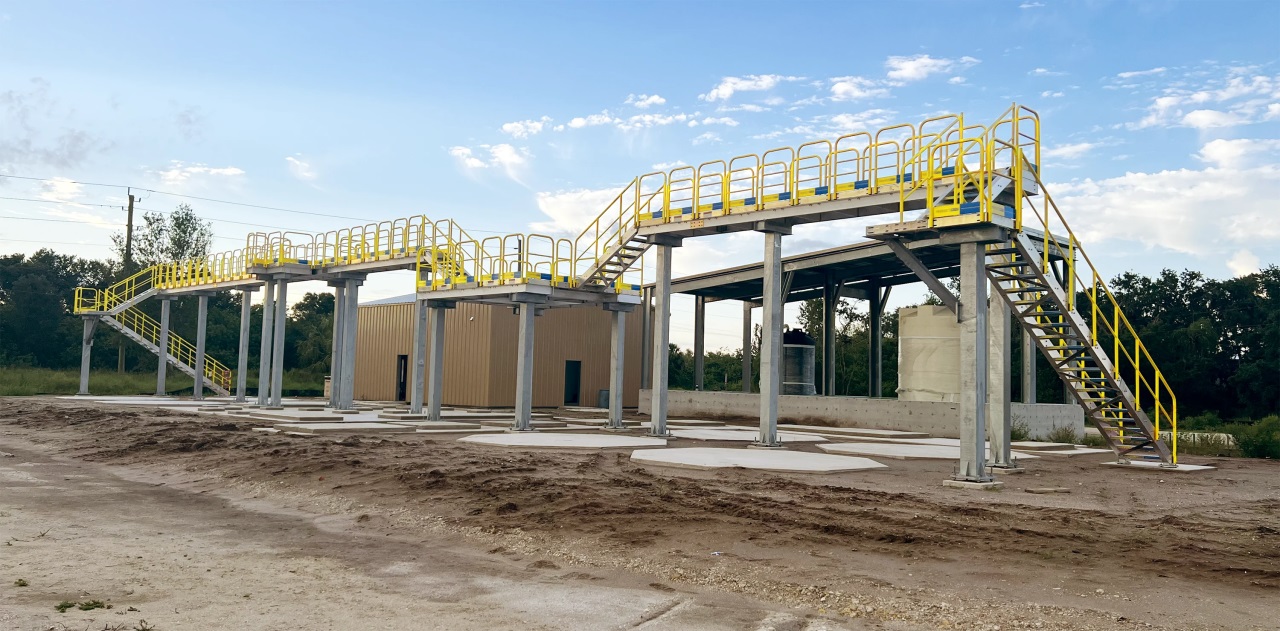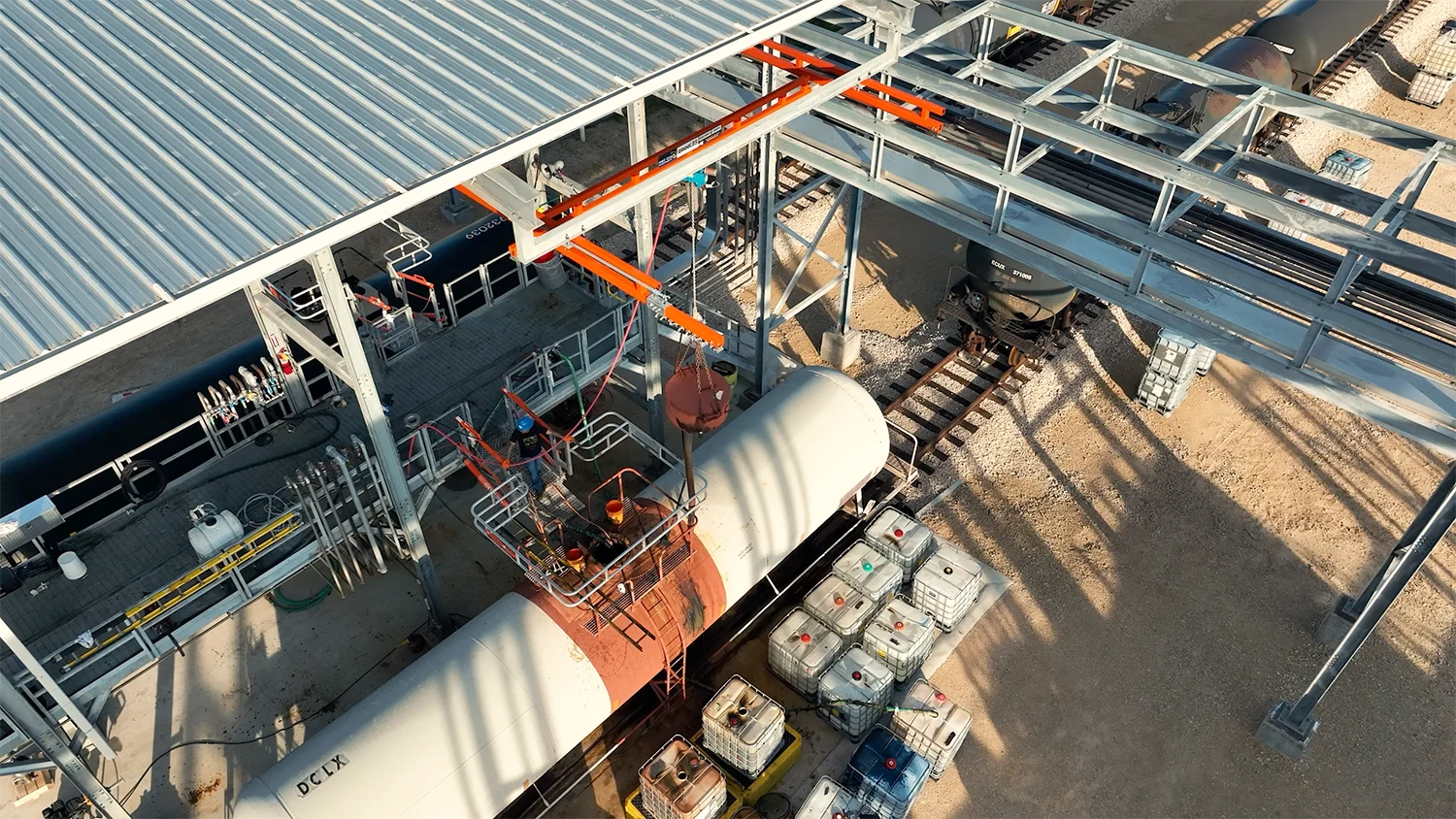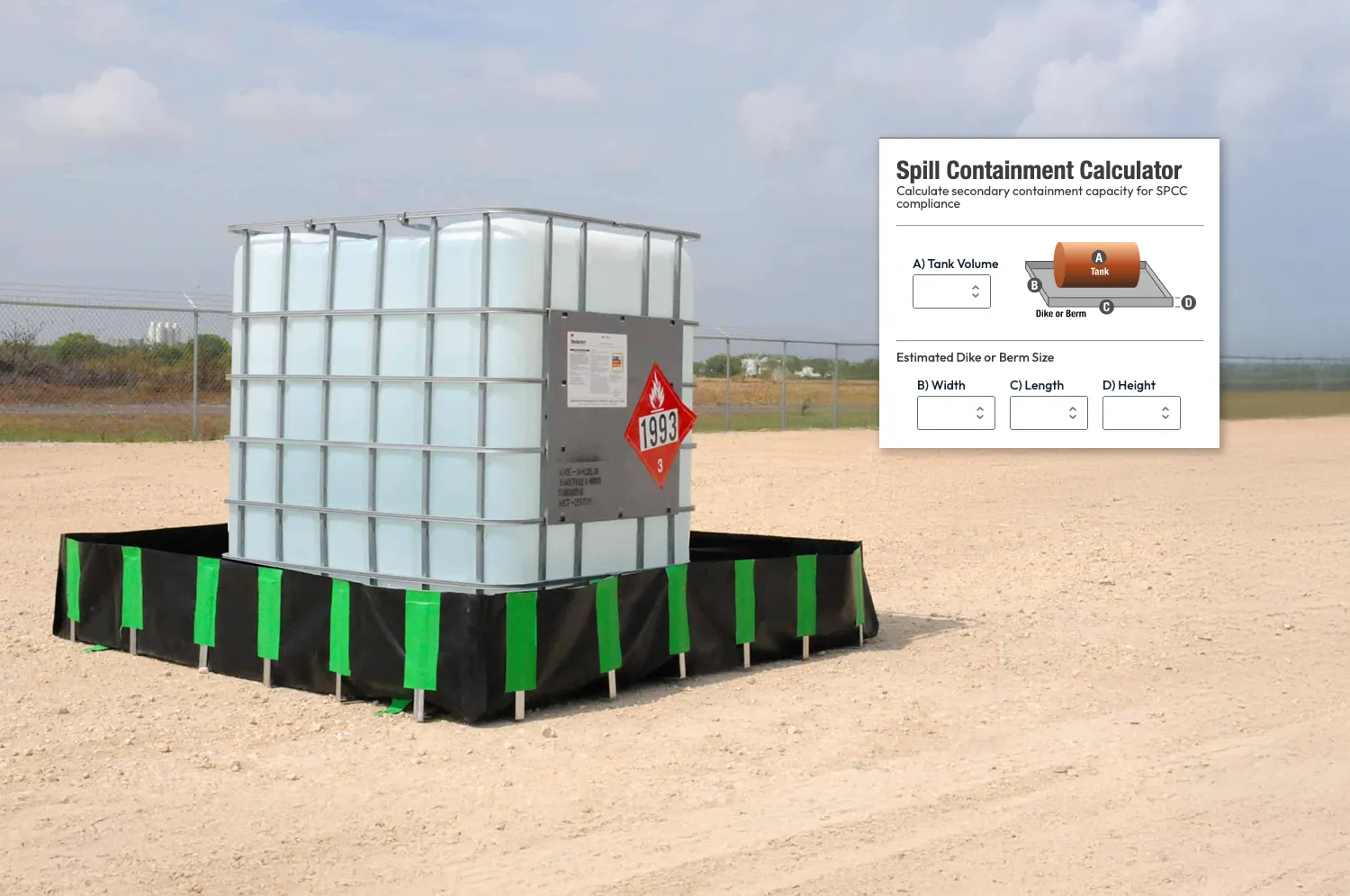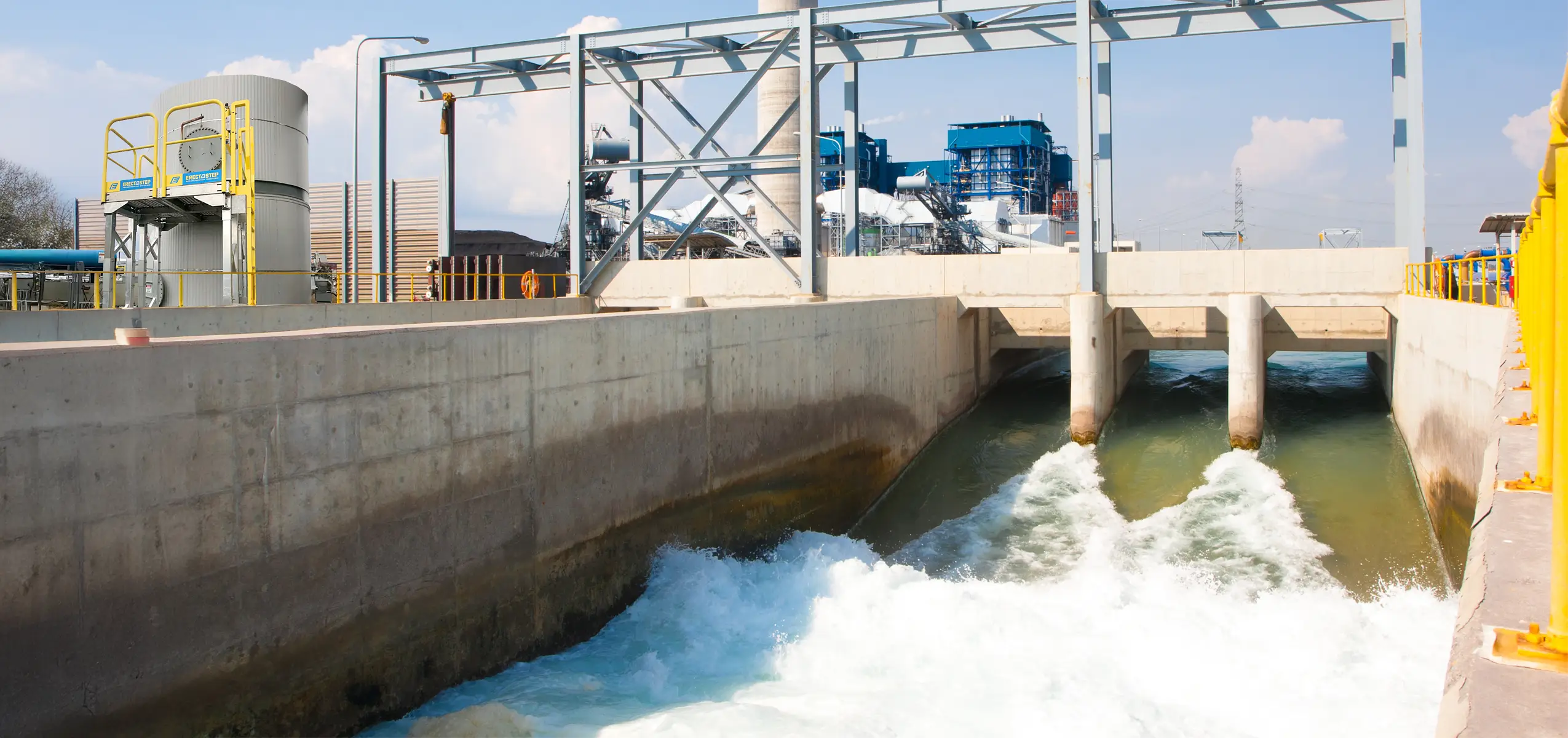
Wastewater Treatment
Safe, Reliable Access Solutions for Wastewater & Water Treatment Plant Operations
Enhancing Safety, Efficiency, and Compliance in Wastewater & Water Treatment Plants (WWTP)
Wastewater and water treatment plants are critical infrastructures that require stringent safety protocols to protect workers and maintain compliance with regulatory standards. At SafeRack, we recognize the importance of implementing effective safety measures in these high-risk environments. Our comprehensive solutions are designed to enhance worker protection, operational efficiency, and regulatory compliance.
- Chemical Exposure Risks – Operators often handle hazardous substances such as chlorine, sulfuric acid, and sodium hydroxide. Proper training and the use of appropriate personal protective equipment (PPE) are essential to mitigate these risks.
- Slip, Trip & Fall Hazards – Wet and uneven surfaces are common in treatment facilities, increasing the potential for falls. Implementing slip-resistant flooring and maintaining clear walkways can significantly reduce these incidents.
- Corrosion-Resistant Equipment – Continuous exposure to harsh chemicals and moisture necessitates the use of durable, corrosion-resistant materials for equipment and infrastructure to ensure longevity and safety.
- Confined Space Entry – Accessing tanks and processing areas requires adherence to confined space entry protocols to prevent accidents and ensure worker safety.
- Equipment Accessibility – Providing safe and efficient access to tanks, pumps, and filtration systems is crucial for maintenance and emergency response.
- Spill Containment & Compliance – Effective spill containment systems are vital to prevent environmental contamination and comply with environmental regulations.

Wastewater
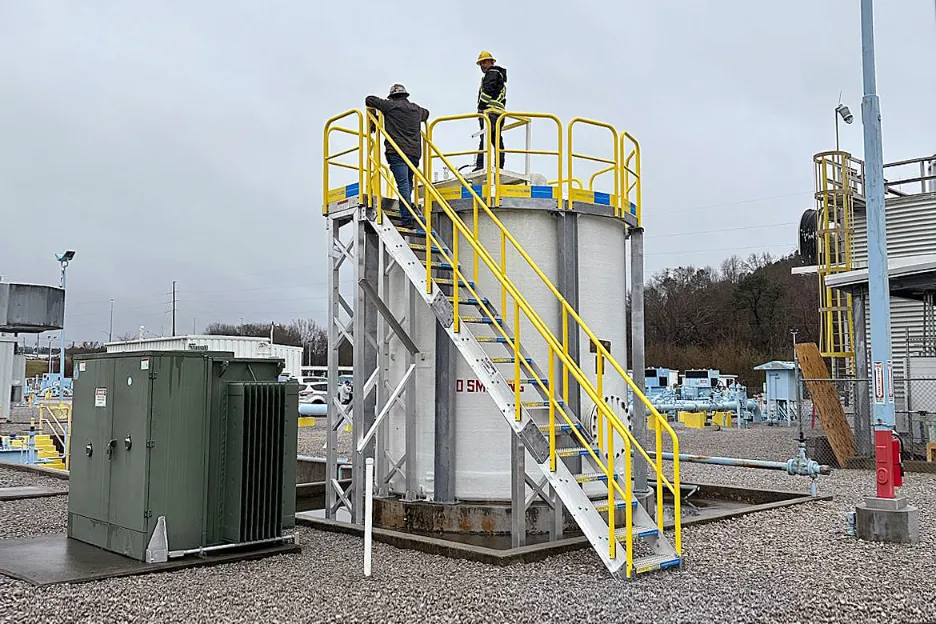
Enhancing Workplace Safety with Reliable, Compliant Access Systems

Custom Safe Access Systems for Water & Wastewater Treatment Facilities
At SafeRack, we understand the critical role of safe, efficient, and compliant access systems in the water and wastewater treatment industries. Facilities of all sizes require modular wastewater treatment plant platforms and stair systems tailored to their operational needs and physical layout.
Our prefabricated water treatment platforms, gangways, and wastewater treatment stairs are designed for fast installation, long-term durability, and seamless integration with existing wastewater plant safety systems. Whether for chemical loading zones, filtration equipment, or maintenance access points, we deliver wastewater safety solutions that meet stringent environmental and regulatory standards.
What is Wastewater?
Wastewater encompasses used water from residential, commercial, and industrial sources, containing contaminants such as human waste, food residues, oils, soaps, and chemicals. Domestic wastewater includes discharges from sinks, showers, toilets, washing machines, and dishwashers. Industrial and commercial activities also contribute significantly to wastewater volumes, introducing various pollutants that necessitate thorough treatment before environmental release.
The Importance of Wastewater Treatment
Treating wastewater is essential for protecting public health and preserving environmental quality. Without adequate treatment, the vast quantities of wastewater generated daily could overwhelm natural purification processes, leading to pollution and ecosystem damage. Wastewater treatment facilities, also known as sewage treatment plants or wastewater treatment plants (WWTPs), are designed to reduce pollutants to levels that nature can manage, ensuring the safe return of water to the environment.
Sources & Composition of Wastewater
Wastewater originates from various sources:
- Residential: Water from household activities such as bathing, cooking, and sanitation.
- Commercial: Discharges from businesses, including restaurants and laundromats.
- Industrial: Effluents from manufacturing processes, which may contain hazardous substances.
The composition of wastewater varies but typically includes organic matter, nutrients, pathogens, and chemical pollutants. Effective treatment is crucial to remove these contaminants and prevent environmental harm.
The Wastewater Treatment Process
Wastewater treatment involves multiple stages to ensure water is purified before re-entering natural water bodies:
- Preliminary Treatment: Removal of large debris and grit to protect equipment and facilitate subsequent processes.
- Primary Treatment: Sedimentation of solid particles, allowing them to settle and be removed as sludge.
- Secondary Treatment: Biological processes degrade dissolved organic matter using microorganisms.
- Tertiary Treatment: Advanced methods to remove remaining contaminants, including nutrients and pathogens, often involving chemical or filtration processes.
- Sludge Treatment: Processing and disposal or reuse of the solid waste collected during treatment.
These stages collectively reduce pollutants, ensuring the treated water is safe for environmental discharge or reuse.
Environmental & Health Considerations
Proper wastewater management is vital to prevent environmental contamination and protect public health. For instance, inadequate containment of industrial spills can lead to severe ecological damage, such as fish kills and health risks to nearby communities. Regulatory bodies like the Environmental Protection Agency (EPA) enforce strict guidelines to prevent violations, which can result in significant penalties for non-compliance.
Wastewater treatment is a critical component of water resource management, ensuring that used water is purified before returning to the environment. By understanding the sources, composition, and treatment processes of wastewater, we can appreciate the importance of maintaining and improving these systems to safeguard both environmental and public health.
Products
Spill Containment
SPCC and EPA compliant solutions. Railcar track pans, truck spill containment, drum and IBC spill pallets, and industrial containment berms.
Safety Gates
Industrial safety swing gates, facility guardrails, mezzanine gates and barriers gates.
Loading Arms & Couplings
Truck, rail, and marine bulk fluid transfer top/bottom loading arms, couplings, swivel joints, hoses, and breakaways.
Pipe Racks
Prefabricated Pipe Racks Constructed Faster and Easier Than Ever Before
Grounding & Monitoring
Protect personnel, product, and terminals with static grounding (earthing) solutions
Tools and Loading Accessories
A comprehensive range of facility and loading terminal equipment, accessories and safety solutions.
Gangways
Truck, Railcar and Marine Gangways, Safety Cages, and Inspection Services
WWTP Safety & Loading Solutions
Below are examples of our loading and unloading solutions designed to enhance safety and efficiency in wastewater and water treatment facilities. Our experts will collaborate with your team to develop customized systems that address the unique safety hazards and operational requirements of your wastewater treatment plant.
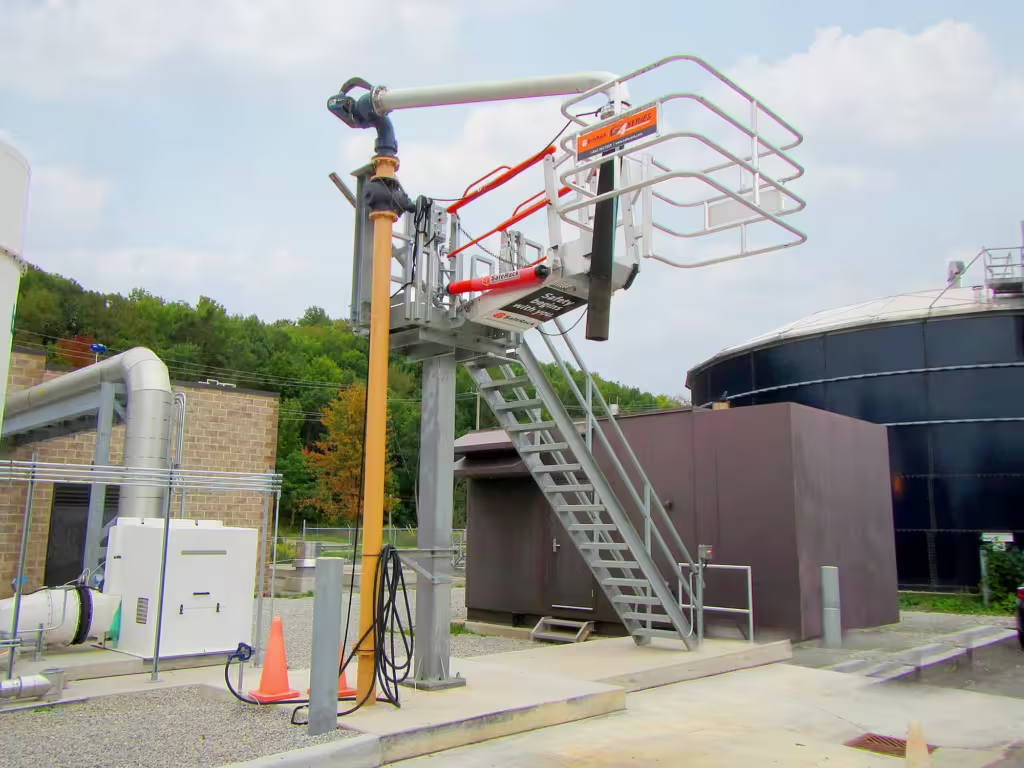
Loading Gangways
24″ Self-adjusting access gangways are required to safely access the varying-height trucks transporting chemicals and waste products. Durable marine-grade aluminum and stainless steel options provide years of maintenance and corrosion-resistant service. Powered gangway solutions are also an option, with both hydraulic and pneumatic solutions being commonly used.
Each gangway will have a four-rail safety cage for the tank truck hatch area. It creates a secure 4’x6′ barrier to falls while the operator (un)loads the product. These systems have engineered layouts to ensure safe access, and fall protection equipment works with the loading arms.
GX SELF-ADJUSTING STAIR (SAS) GANGWAY
SafeRack’s NEW GX SAS gangways use Retractalok power-assist technology, allowing operators to raise or lower effortlessly. They are light as a feather to lift and solid as a rock. Tested in the most critical applications, this revolutionary new gangway outperforms all others. They are available in multiple lengths and widths.
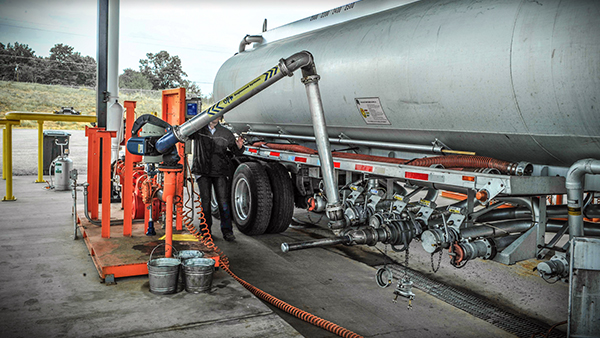
Loading Arms
Sludge is typically loaded into tank trucks via 6″ carbon steel loading arms. The current best loading practice includes a vapor plate or cone with a 2″ to 3″ vapor line. Many times wastewater treatment plants are located near populated areas where vapor and odor control is required to meet EPA standards.
The typical seal material for the loading arm swivel joints is PTFE, which is durable and chemical resistant.
These racks can also be designed to handle other chemicals used in water treatment facilities to meet EPA-mandated discharge permits, such as anti-foaming agents, pH neutralizers, coagulants, and flocculants.
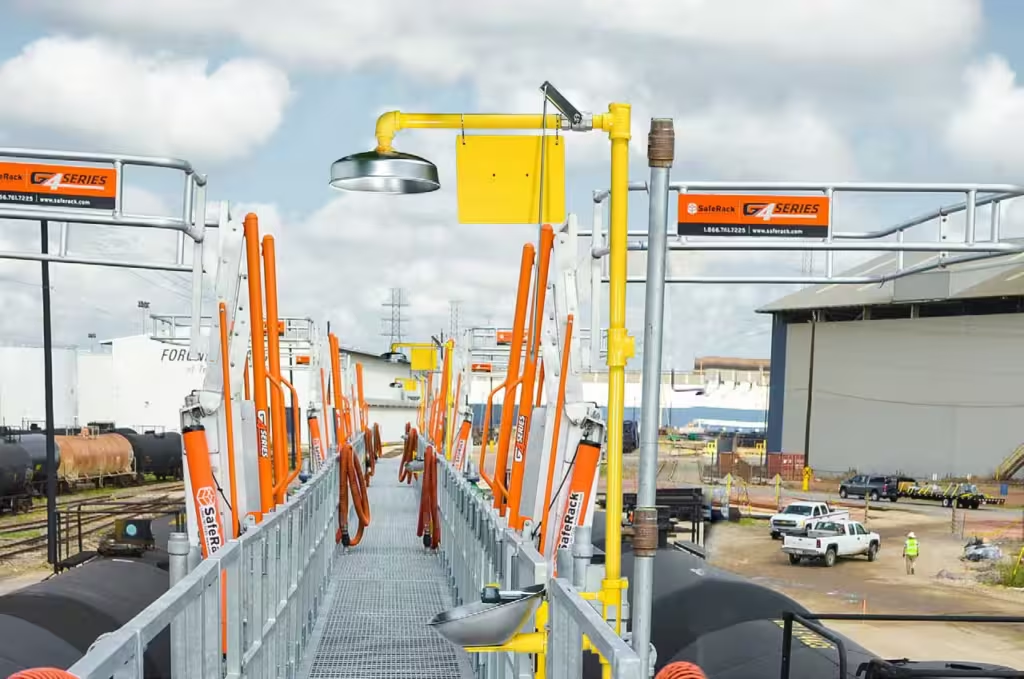
Eye Wash/Drench Showers
ANSI guidelines state that an Eye Wash/Drench Showers need to be located 10 seconds or 55’ (16.8m) from contaminants or hazardous materials.
Eyewash stations need to be on the same horizontal plane with no obstructions.
Therefore, we propose installing a standard combination Drench Shower/Eyewash Unit, which will save limited space and fit easily into any work environment.
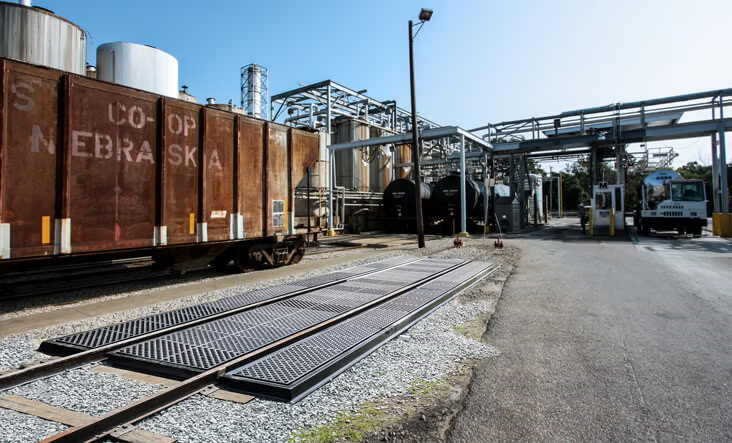
Spill Containment
Spill containment pans will be provided at the point of loading operations and are an essential piece of equipment in overall site safety and environmental protection.
Wheel chocks allow for safe access to and storage of treatment chemicals, while spill containment pans utilized at the point of loading operations serve as essential safety and environmental protection tools.
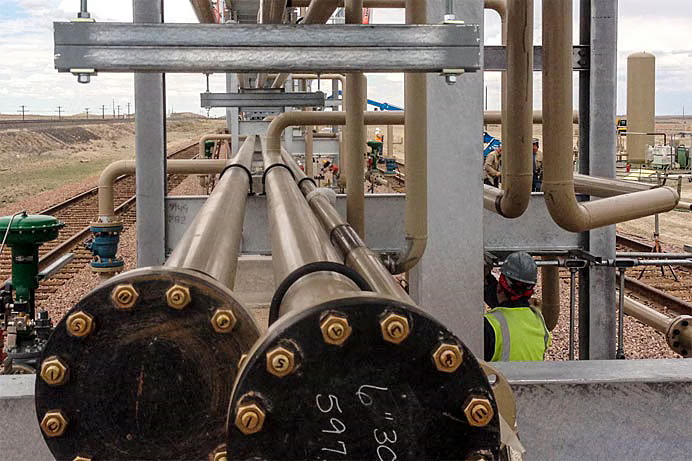
Piperacks
Because wastewater treatment plants have pipe runs throughout the facility, ErectaRack pipe racks are pre-fabricated for a variety of pipe dimensions and applications. Because they’re pre-engineered, ErectaRack skips the long engineering and fabrication process, saving weeks, if not months in the installation process.
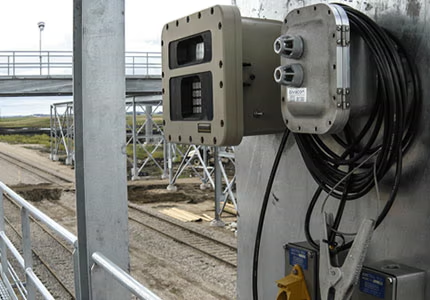
Grounding
While not highly flammable, high airborne concentrations of certain products and chemicals can be ignited and pose a significant fire and explosion hazard, especially in confined spaces. Industry best practice includes the grounding of all vessels before starting the (un)loading process.
Vehicle grounding and bonding — ensure true grounding before product flow is permitted

Safety Gates, Stairs, Ladders, & Platforms
Safety Gates will be installed at the top of stairs and any other openings to ensure operator safety.
SafeRack’s line of industrial safety gates is the most flexible product on the market with the ability to span openings between 16” and 36” and is field adjustable with nothing more than a wrench. We also have guardrails, metal handrails, and full-fledged fall protection solutions with customizable options to fit your needs.
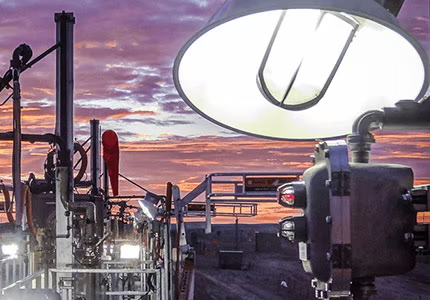
Loading Platform Options
Lighting – General exterior and task lighting to illuminate work and walk areas.
Platform & Canopies – Full platform canopies reduce exposure to the elements and improve the safe and productive loading operation from the operator’s perspective.
Operator Shelter—Depending on your site requirements, consider the requirement of an operator or guard building to keep personnel out of the elements. This can be customized to meet specific site requirements.
Wheel Chocks – SPCC options to allow for safe access and storage of water treatment chemicals.
10 Minute Tips: Wastewater Treatment Safety Reminders
Wastewater treatment plants are among the most hazardous places to work. In addition to navigating risks associated with heavy equipment, workers are regularly at risk for slips and falls, as well as exposure to toxic chemicals and other chemicals. These hazards can result in everything from minor injuries and serious illnesses to blindness and even death. With these hazards in mind, wastewater treatment plants must implement comprehensive strategies to promote, ensure, and maintain safety.
Here are the five main areas of concern regarding water treatment facility safety:
Floor and Platform
Hazard Prevention
The enormous amount of water involved in the treatment process makes slips, trips, and falls the leading hazards for wastewater treatment workers. These incidents can lead to everything from sprains and strains to scrapes and fractures — and worse.
In order to decrease the chances of any slips, trips, or falls, it’s important to identify and mark any areas that are prone to excessive water and puddling. Fix all leaks promptly, and be sure to sweep up or squeegee any puddles. Use non-slip flooring surfaces, traction tape, and require all employees to wear shoes with non-slip soles. Workers should also consider wearing fall protection gear.
You can further enhance your facility’s floor and platform safety with the following equipment:
- General exterior and task lighting are helpful for illuminating work and walk areas.
- Operator/guard buildings and full platform canopies reduce workers’ exposure to the elements. Canopies also make loading safer and more productive for operators.
- Crossover helps your employees navigate piping, while work platforms give them access to mechanicals.
- Loading gangways let workers safely access the varying height trucks that typically transport chemicals and waste products. They can be fitted with safety cages that protect operators from falls during unloading.
Engulfment and/or
Drowning Prevention
The pools at your wastewater treatment plant are the last kind of pools anyone wants to fall into. Accidents can happen, however.
The non-slip measures mentioned above must be used around all vats on all catwalks. Guardrails should be installed around all open water sources, and all handrails should be strong enough to prevent falls.
When working in unguarded areas, employees should be monitored by coworkers. They must also wear fall protection when 6 feet (or more) above the ground or at a lower level.
Before lifting grates and loading ramps over waterways and tanks to allow employee access, block off the area, and place hazard warning signs. Keep rescue gear like flotation devices and hooks readily available near all tanks.
Confined-Space
Hazard Mitigation
Not designed for continuous work, confined spaces can pose serious safety concerns at treatment facilities.
Exposure to a low-oxygen environment or high levels of hydrogen sulfide, methane gas, or ammonia can result in serious illness or death. While not highly flammable, high airborne concentrations of certain products and chemicals can be ignited and pose a significant fire and explosion hazard, especially in confined spaces. Industry best practices include the grounding of all vessels before starting the (un)loading process.
Employees should follow OSHA requirements for restricted exit and entry regarding confined spaces. Warnings must be prominently displayed in all hazard zones, and barricades are recommended to prevent unauthorized access. Employees who access confined spaces should wear personal protective equipment (PPE) and ambient air and personal monitoring to ensure their safety.
Survey your entire facility for areas with limited egress and other hazard potential, as well as areas for explosion potential from flammable gas and water engulfment during heavy rain and flooding.
Equipment
Maintenance
Maintaining your machinery is mandatory, and should be done before there’s a problem. Doing so reduces the lost production time and safety hazards that can arise when your equipment malfunctions or breaks down.
Organization and planning are key when it comes to proper maintenance. Make sure all pipes and electrical systems are labeled properly, including intake and outlet pipes, as well as any equipment that can present an electrical flash hazard.
All employees performing repairs near live equipment must have the proper tools and protective gear and know how to use them.
Chemical and
Biohazard Handling
Chemicals and biological hazards pose some of the biggest threats to employee safety at your facility. Employees who aren’t protected from exposure can become ill.
Employees should wash their hands frequently with antibacterial soap, making sure that any open cuts or abrasions are properly covered and protected. They should also change out of their work clothes before going home to avoid contamination.
Despite the best planning and procedures, accidents can still happen. With that in mind, no treatment facility should be without a standard combination drench shower/eyewash unit.
Safety data sheets (SDS) guide the properties, exposure limits, suggested PPE, and emergency actions for the treatment of chemicals in use.
When used with an oxidizer like hydrogen peroxide, the Ultra-S3 oxidizing system provides a cost-effective method of eliminating the smell emitted by hydrogen sulfide gas, keeping the gas at acceptable levels, and limiting the costly deterioration and corrosion it causes to facility infrastructure.
Effects of wastewater pollutants
If wastewater is not properly treated, then the environment and human health can be negatively impacted. These impacts can include harm to fish and wildlife populations, oxygen depletion, beach closures, aquifer contamination, and other restrictions on recreational water use, restrictions on fish and shellfish harvesting, and contamination of drinking water. Environment Canada provides some examples of pollutants that can be found in wastewater and the potentially harmful effects these substances can have on ecosystems and human health:
- Decaying organic matter and debris can use up the dissolved oxygen in a lake so fish and other aquatic biotas cannot survive;
- Excessive nutrients, such as phosphorus and nitrogen (including ammonia), can cause eutrophication, or over-fertilization of receiving waters, which can be toxic to aquatic organisms, promote excessive plant growth, reduce available oxygen, harm spawning grounds, alter habitat and lead to a decline in certain species;
- Chlorine compounds and inorganic chloramines can be toxic to aquatic invertebrates, algae, and fish;
- Bacteria, viruses, and disease-causing pathogens can pollute beaches and contaminate shellfish populations, leading to restrictions on human recreation, drinking water consumption, and shellfish consumption;
- Metals, such as mercury, lead, cadmium, chromium, and arsenic can have acute and chronic toxic effects on species.
- Other substances such as some pharmaceutical and personal care products, primarily entering the environment in wastewater effluents, may also pose threats to human health, aquatic life, and wildlife.

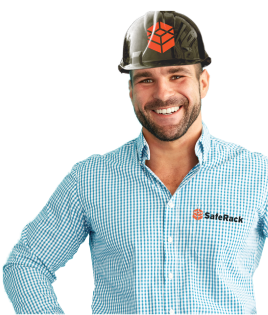



 Download
Download

